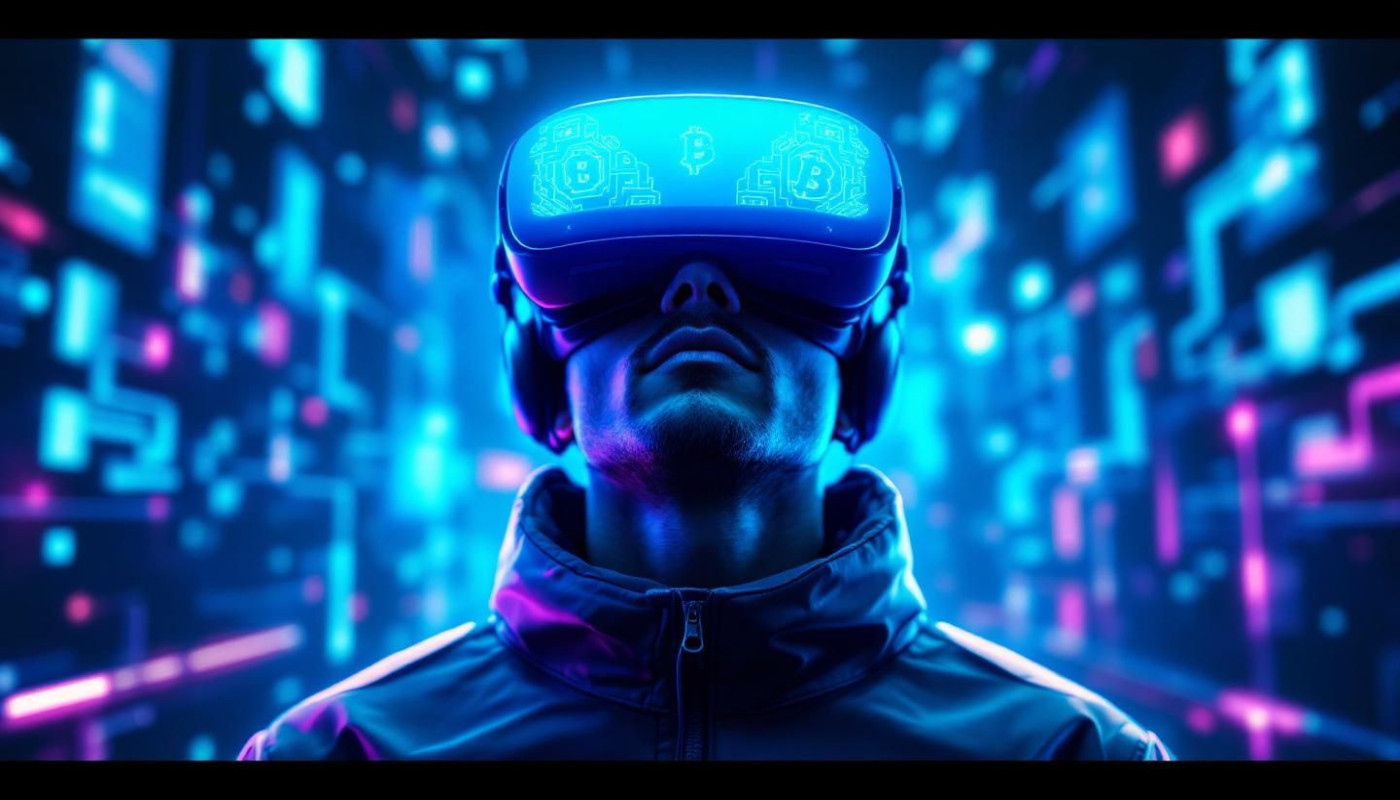Table of contents
Venturing into the digital realm, virtual reality is revolutionizing how educational content is delivered and experienced. With the rise of remote education, there is a burgeoning need for immersive learning experiences that captivate and engage learners from afar. This exploration delves into the transformative role of virtual reality in enhancing remote education, promising a future where geographical boundaries no longer constrain the pursuit of knowledge. Read on to discover how virtual reality is shaping the next wave of educational innovation, bringing dynamic, interactive learning environments to students everywhere.
Revolutionizing Remote Learning Through Virtual Reality
Virtual reality has become a transformative force in the realm of remote education, allowing for immersive learning experiences that were once the stuff of science fiction. By leveraging VR educational experience, educators can create detailed simulations of real-world scenarios, providing a tactile dimension to learning that goes beyond traditional textbooks or video lectures. This interactive virtual classroom environment fosters a more profound understanding and retention of the subject matter, as students actively participate in synchronous learning sessions, engaging with content in real-time alongside peers and instructors from anywhere in the world.
With virtual reality education, learners are not just passive recipients of information but active participants in their educational journey. The technology enables them to practice complex procedures, conduct experiments, and explore historical sites through immersive learning, all within the safety and convenience of their own homes. This remote learning technology is particularly beneficial for fields that require a high level of hands-on training, such as medicine, engineering, and science, bridging the gap that distance can create in practical education. In sum, virtual reality is not just enhancing remote education; it is redefining what it means to learn by doing.
Enhancing Engagement and Retention
Virtual reality (VR) stands at the forefront of technological advancements in education, revolutionizing traditional learning paradigms through its ability to foster higher levels of student engagement and retention in education. By plunging learners into interactive, three-dimensional environments, VR catalyzes the learning process, making it more compelling and memorable. Studies suggest that when learners interact with content dynamically, it strengthens their cognitive connections, leading to improved retention. This interactive learning format is particularly effective because it simulates real-world scenarios, allowing for practical application of knowledge, which reinforces learning. The visually striking nature of virtual environments caters to visual learning preferences, making complex concepts more accessible and easier to digest. In this context, the term cognitive immersion is often invoked by cognitive learning theorists to describe the deep mental engagement and concentration that VR elicits, a state that is conducive to enduring learning. For a nuanced understanding of how VR achieves this, input from an individual well-versed in cognitive learning theories would be invaluable. They could expound on the psychological mechanisms behind the high levels of virtual reality engagement and its positive impact on learning outcomes.
Breaking Boundaries in Accessibility
Virtual reality (VR) is revolutionizing the landscape of remote education by breaking down physical and logistical barriers, thereby fostering accessible education for all, regardless of location or ability. For students with disabilities, VR acts as powerful assistive technology, creating avenues for interaction and engagement that were previously unavailable. By simulating a classroom environment, VR for disabilities provides an immersive learning experience that can be tailored to individual needs, offering alternative methods of communication and comprehension for those with sensory or mobility impairments. Similarly, those living in geographically isolated regions benefit from remote area education through VR, gaining access to the same quality of instruction as their urban counterparts without the need to travel extensive distances. The advent of virtual learning accessibility means that educational opportunities are now more broadly distributed, promoting inclusivity and ensuring that a wider demographic can partake in the learning process. As an embodiment of inclusive virtual reality, this technology is a testament to the transformative power of digital tools in creating egalitarian educational environments.
Virtual Reality and Collaborative Learning
With the advent of collaborative virtual learning, the landscape of remote education has been transformed, allowing students to engage in VR teamwork as if they were in the same room. Virtual reality technology creates a virtual collaboration environment where learners can interact, manipulate objects, and conduct experiments together. This has been a game-changer for remote group work, eliminating the barrier of physical distance and fostering a sense of presence amongst peers. In a virtual reality collaboration, participants can communicate through avatars, share resources, and build upon each other’s ideas, enriching the educational experience and developing skills relevant to the modern workplace. For those involved in distance learning teamwork, virtual reality offers a seamless, interactive platform to connect, brainstorm, and solve problems collectively.
Fostering Lifelong Skills through Virtual Experiences
With the advent of virtual reality in educational spheres, the potential for fostering lifelong learning skills has been significantly elevated. VR provides an immersive environment where learners can engage in experiential learning, a technical term that denotes learning through experience. This type of learning is particularly effective for developing problem-solving skills, as students navigate virtual scenarios that mimic real-world challenges. The interactive nature of problem-solving in VR ensures that learners are not passive recipients of information, but active participants in their educational journey.
Moreover, virtual reality adaptability is another skill that students hone through VR education. As they adjust to various virtual environments and conditions, learners build a resilience and flexibility that is highly transferable to real-life situations. This adaptability is a key component of success in both personal and professional contexts.
Critical thinking is yet another competence enriched by VR education. In virtual settings, learners evaluate situations, make decisions based on multiple sources of information, and reflect upon the outcomes of their actions. The immersive nature of VR means that these critical thinking exercises are deeply engaging, leading to a more profound and lasting impact on cognitive development.
Lastly, VR skill development encompasses a range of proficiencies that extend beyond the confines of traditional education. Whether it's through collaborative projects in a virtual space, or individual tasks that require a creative approach, VR prepares learners for the complexities of modern employment landscapes and the continuous evolution of workplace skills. As such, virtual reality in education is not just a technological advancement, but a revolutionary approach to equipping individuals with the capabilities necessary for lifelong success.
Similar articles

Exploring The Intersection Of Blockchain Technology And Gaming

Exploring The Fusion Of Nature And Technology In Modern Lighting

Exploring The Impact Of AI On Creative Industries Through Image Generation

Maximizing Productivity With Digital Planners For Tablets In 2024-2025

The Role Of Soil Types In Defining The Taste Of Burgundy Wines

How to learn to play musical instruments with ChatGPT?

